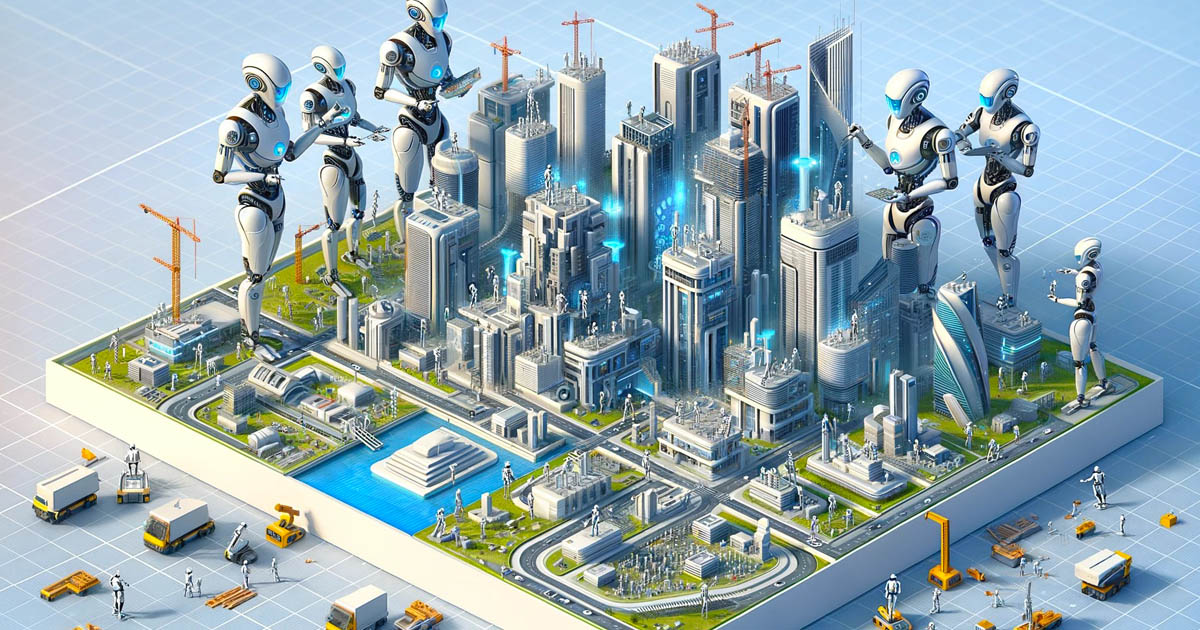Most advocates in the Architecture, Engineering, and Construction or AEC industry argue that it is improbable that Artificial Intelligence (AI) will completely supplant architects in the foreseeable future. Conversely, many regard AI as a tool that can augment the architect’s creativity rather than a substitute or a rival. Artificial intelligence can enhance formulaic or labor-intensive jobs, such as ensuring code compliance or simulating best design iterations. This ability enables architects and their project teams to allocate their efforts toward creative, design-oriented, and problem-solving endeavors beyond AI’s capabilities. AI design technologies can assist architects in expediting the iterative process, generating optimum floor plans and design variations for client evaluation, and potentially mitigating material expenses. That’s the paradigm for now. But will the more evolved AI replace architects in the future?
Architects are still accountable for maintaining responsible control at every project stage, including any stage that uses artificial intelligence. The architect of record will continue to be accountable for the output. With much of AI dependent on accurate, reliable data, responsible control in the future may include overseeing the work of data scientists who help feed information into intelligent design tools.

What Are Some Examples Of AI-driven Tools Used In Architecture?
AI-driven tools used in architecture include Adobe Firefly, Maket.ai, Midjourney, Kaedim, TextureLab, Lumalabs, Plask, Digital Blue Foam, TestFit, Delve, Archistar, Midjourney, DALL-E 2, Maket.ai, ARCHITEChTURES, Planalogic, ArkDesign.ai, Arko.ai, Veras, Stylib, Augmenta, Hypar, and Higharc. Architects use these tools for tasks such as generating visual and textual effects, creating 3-D models from 2D images, generating photorealistic images from text prompts, generating design options, automating building design, creating cost and energy-efficient code-compliant designs, automating floor plan generation, analyzing architectural photos and blueprints, extracting insights from textual documents, optimizing designs, enhancing sustainability, improving efficiency, and ensuring design specifications are met during construction. AI technologies in the AEC industry, such as computer vision and natural language processing, are also used in architecture to enhance efficiency and accuracy, reduce errors, and accelerate design and construction. Some designers even leverage AI-driven tools for urban planning, heritage preservation, and adaptive reuse.
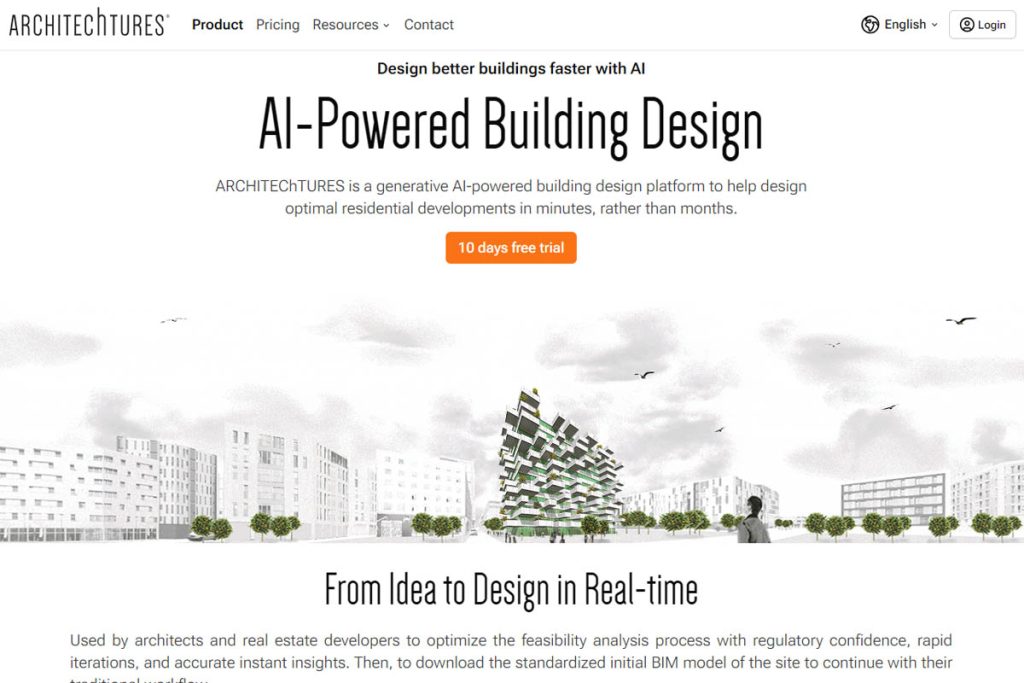
What is the difference between AGI and AI?
AGI (Artificial General Intelligence) and AI (Artificial Intelligence) differ in their capabilities. AGI is designed to understand, learn, and apply knowledge across various tasks akin to human-like intelligence, while AI encompasses a broader range of technologies that simulate human intelligence. AGI aims for comprehensive understanding and learning abilities, including abstract thinking, common sense, and creativity, resembling science fiction AI. On the other hand, AI includes various technologies like machine learning and deep learning, which may possess a different level of adaptability and intellectual breadth than AGI.
What about GPTs and agents?
GPTs (Generative Pre-trained Transformers) are advanced AI models, with GPT-3 and GPT-4 being notable examples, developed by OpenAI. These models are part of Generative AI, which focuses on creating new content, mimicking human creativity, and excelling at specific tasks without an entire understanding of AGI. GPTs are known for generating coherent and contextually relevant text, enabling applications like chatbots and content generation. These models have the potential to impact various industries and society by enhancing communication, automating tasks, and transforming how businesses operate and interact with customers.
In the context of agents, they refer to AI systems that can act autonomously to achieve specific goals. These agents, powered by technologies like GPTs, have the potential to revolutionize customer service, education, business processes, and more by streamlining operations, improving efficiency, and enhancing user experiences. Integrating GPTs and agents into various platforms and industries is expected to lead to more engaging interactions, efficient workflows, and personalized services, ultimately reshaping how we communicate, conduct business, and learn in the future.
How Do AGIs Compare To Human Intelligence?
Artificial General Intelligence (AGI) aims to replicate human-like intelligence, encompassing a broad range of intellectual tasks humans can perform. AGI systems can understand, learn, and apply knowledge across various tasks, similar to human cognitive abilities. AGIs can reason, use strategy, solve puzzles, make judgments under uncertainty, represent knowledge, plan, learn, and communicate in natural language, among other traits typically associated with human intelligence.
While AGIs strive to emulate human intelligence, critical distinctions exist between them. AGIs intend to maximize a mathematical definition of intelligence rather than exhibit human-like behavior, focusing on the ability to satisfy goals in a wide range of environments. They can generalize and adapt across tasks and domains, showcasing flexibility and versatility in problem-solving. Additionally, AGIs can outperform humans in specific tasks, leveraging their advanced cognitive abilities to analyze data, identify patterns, and develop innovative solutions beyond human reach.
AGIs aim to replicate and potentially surpass human intelligence in specific cognitive tasks. They offer the potential for advanced problem-solving, automation of complex tasks, and innovation across various domains.
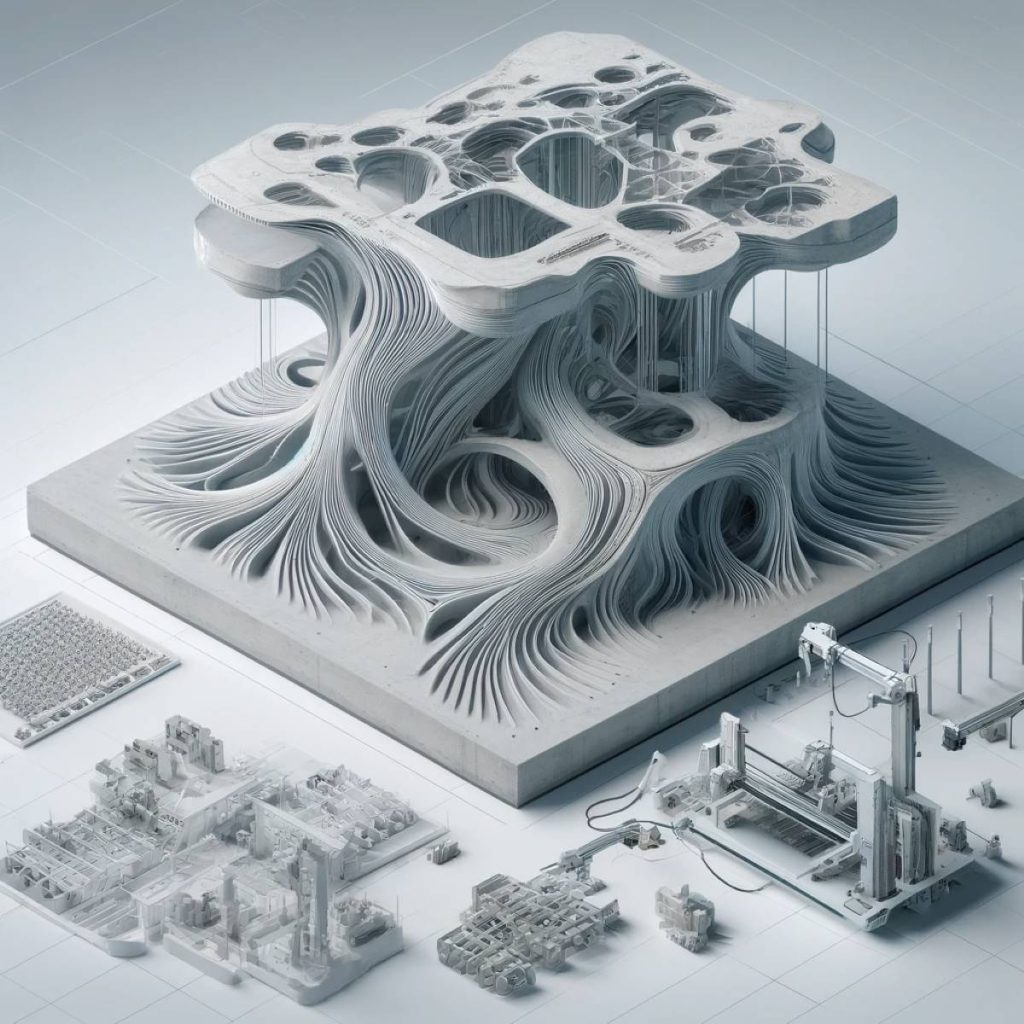
What Are The Key Features of AGIs?
AGI aims to replicate human intelligence’s flexible and adaptable nature, allowing machines to function autonomously in various complex situations.
Learning
AGI can learn from data and experiences, adapting and improving its performance.
Behavior
AGI can behave and perform actions like humans, demonstrating various cognitive abilities.
Adaptation
AGI can generalize and adapt across tasks and domains, showcasing flexibility and versatility in problem-solving.
Cognitive Abilities
AGI possesses advanced cognitive abilities, enabling it to analyze vast amounts of data, identify patterns, and develop innovative solutions to complex problems.
Human-like Intelligence
AGI aims to replicate human-like cognitive capabilities, encompassing a broad range of intellectual tasks humans can perform.
What Jobs Can AI Replace?
AI technology has led to job losses in various sectors, including tech, marketing, and customer service. For instance, AI has contributed to nearly 4,000 job losses in May 2023, according to data from Challenger, Gray & Christmas. British Telecom aims to replace 10,000 staff with AI within seven years, primarily due to the expansion of AI-driven customer service technologies. AI and automation have also significantly impacted wages, causing up to 70% reductions since 1980, with AI tending to level the playing field before replacing jobs.
The impact of AI on employment is not limited to blue-collar workers. White-collar professionals, particularly those with programming and writing skills, face job disruption due to automation. AI-driven job disruption focuses on educated, white-collar workers earning up to $80,000 annually, a shift from the historical impact on blue-collar workers.
The rapid advancement of AI has raised concerns about job displacement and mass layoffs throughout the economy. Despite these concerns, AI is also creating new jobs and opportunities, with the industry expected to grow to over $1 trillion, driven by significant technological advancements.
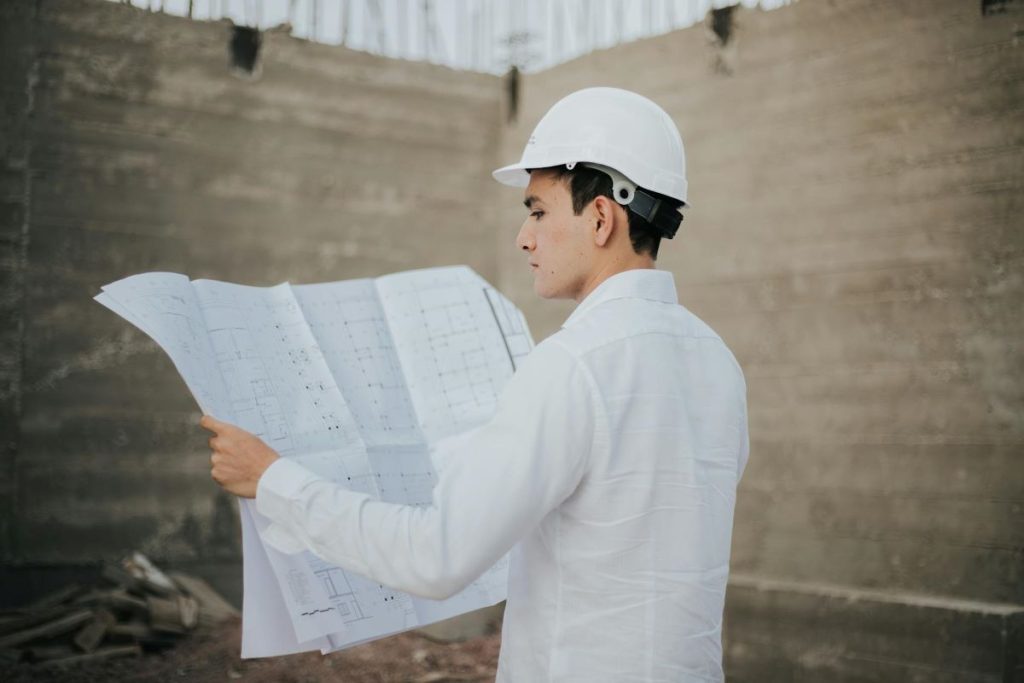
So, will AI replace architects soon? With their capacity to replicate human-like intelligence across a broad spectrum of tasks, AGIs are likely to transform many professional industries. Jobs particularly vulnerable to replacement by AGIs include those with repetitive, rule-based tasks or those requiring data analysis and pattern recognition. This encompasses roles in administration, customer service, and specific aspects of financial services, where AGIs can automate tasks efficiently and accurately.
Moreover, professions involving straightforward decision-making based on data analysis, such as entry-level positions in legal and medical diagnosis, could see a shift towards AGI due to their ability to rapidly process vast amounts of information. However, jobs that rely on human empathy, creativity, and complex interpersonal skills, such as therapy, strategic planning, and innovative design, might experience less impact, as these areas still pose significant challenges for AGI technology.
In What Ways Can AGIs Replace Architects?
Eventually, AGIs can perform any intellectual tasks that a human can do, with human-like cognitive abilities. While AGIs are not yet a reality, they have the potential to replicate human-like intelligence across various tasks and domains, including design.
AGIs may replace design professionals involved in architectural, interior, and product design in the future. They can analyze vast amounts of data, identify patterns, and conceive innovative solutions to complex design problems, making them valuable tools for design professionals.
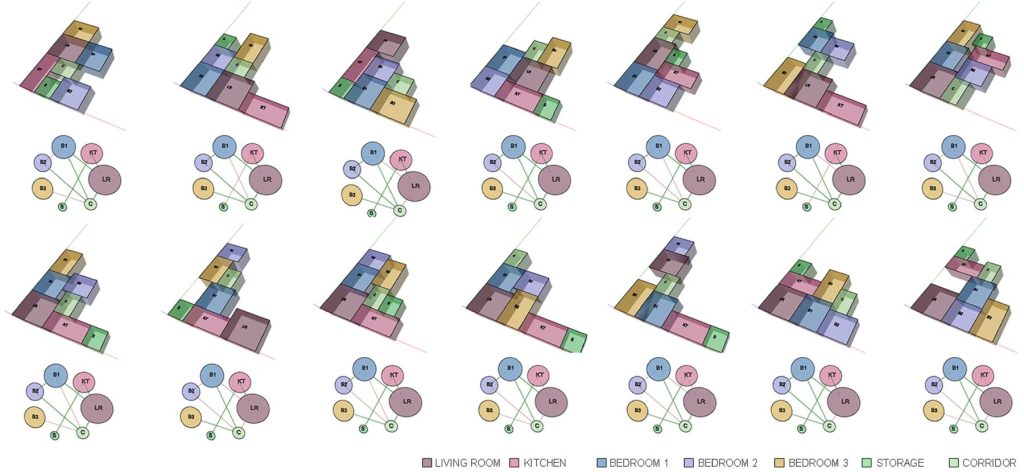
AGIs could replace architectural assignments, such as generating design options based on specific criteria, performing site analysis and mass studies, and creating photorealistic images of designs. AGIs could also analyze historical cost data, building material specifications, and market trends, offering precise cost estimates and material recommendations.
Architects could leverage AGIs to generate design options, analyze data, and perform routine tasks, freeing up time for more strategic and imaginative aspects of their work. While AGIs can potentially replace specific tasks architects perform, they are unlikely to replace human architects anytime soon. But in the future, we may encounter a new breed of builders. AGIs could complement and enhance the work of architects, making their jobs more efficient and productive.
However, given the shortcomings of human behaviors that have led to economic wars and the repercussions of climate change, the question of whether we should continue to rely on human creativity to dominate the architectural design scene against a more rational and computational approach is another topic to investigate.
Still, architects must remain current and continually update their skill sets to embrace new tools and evolving knowledge effectively.
It is essential to note that AGIs have yet to evolve, and their potential impact on design professions is still theoretical. Additionally, AGIs may need help replicating human designers’ creativity, intuition, and emotional intelligence, suggesting that AGIs’ initial thrust is to complement rather than replace human designers. We will soon find out.
